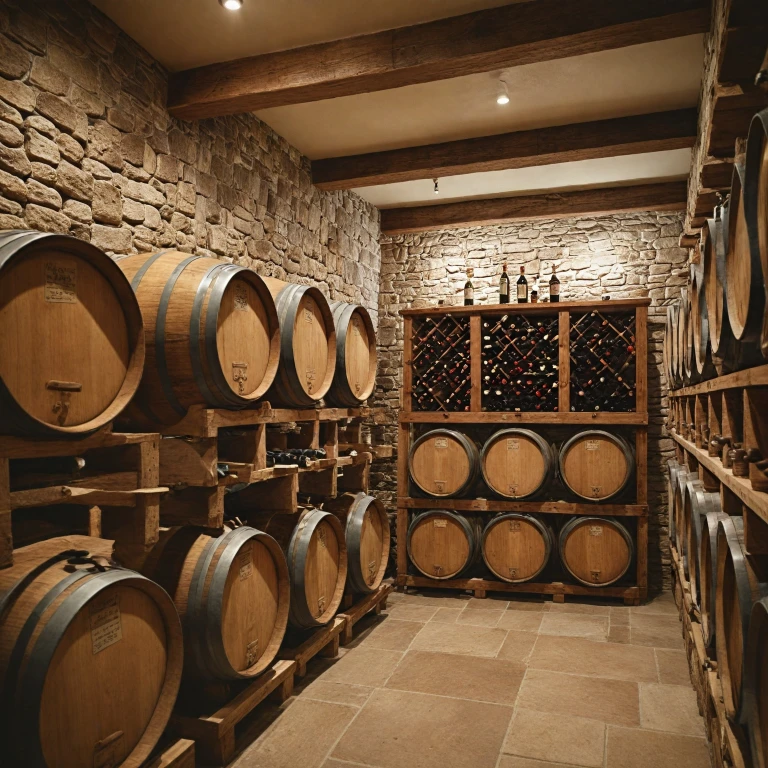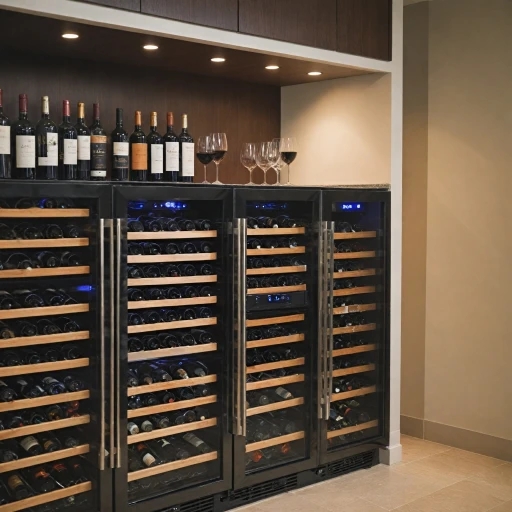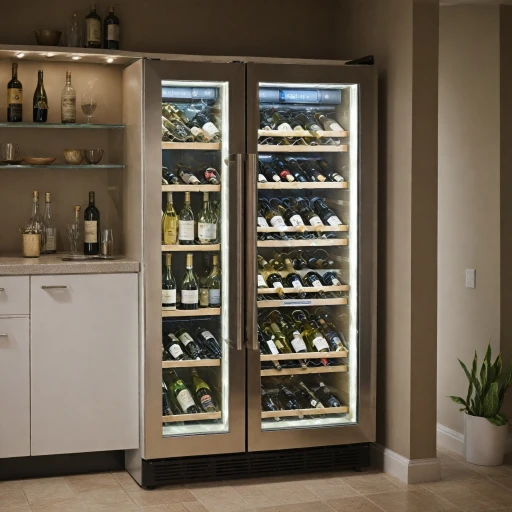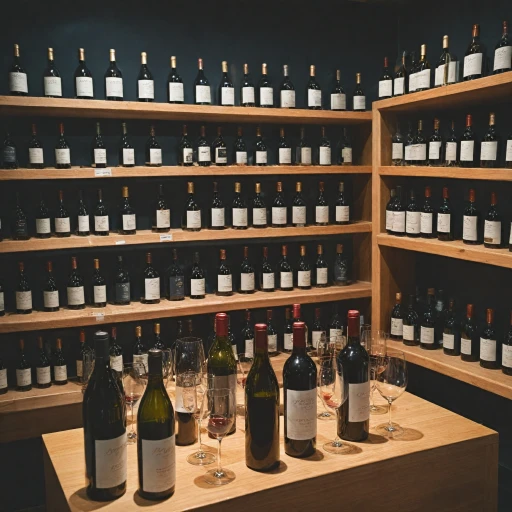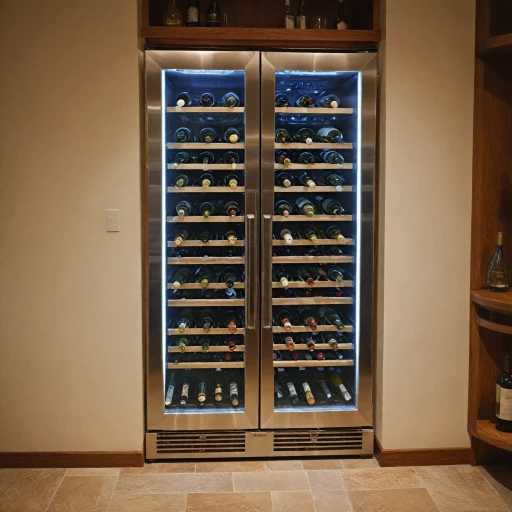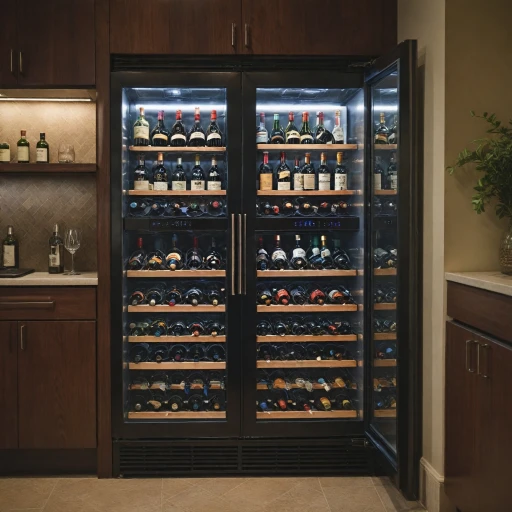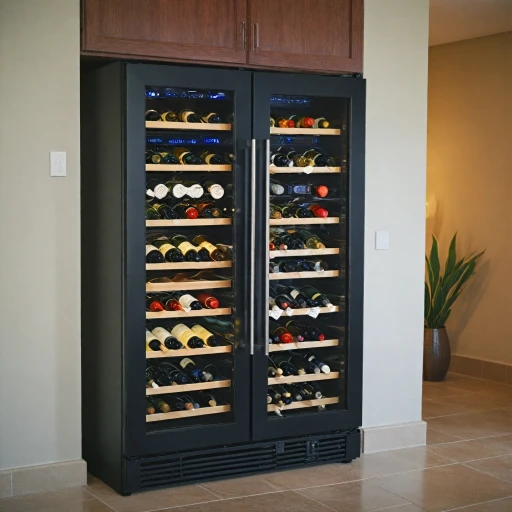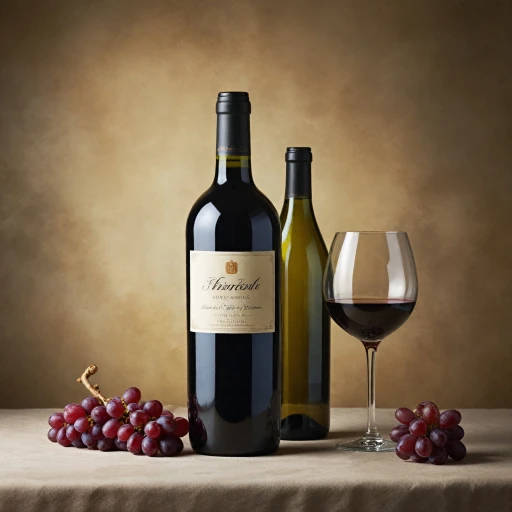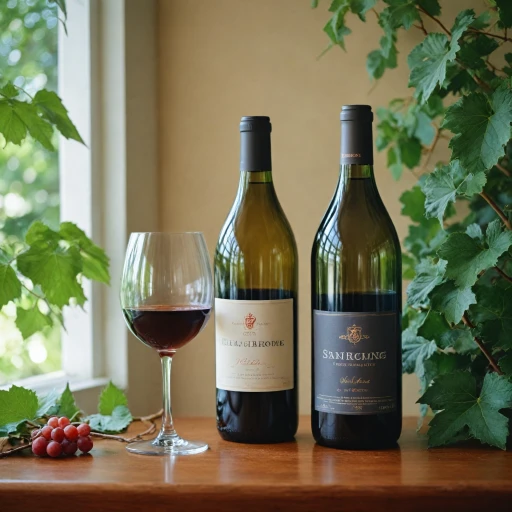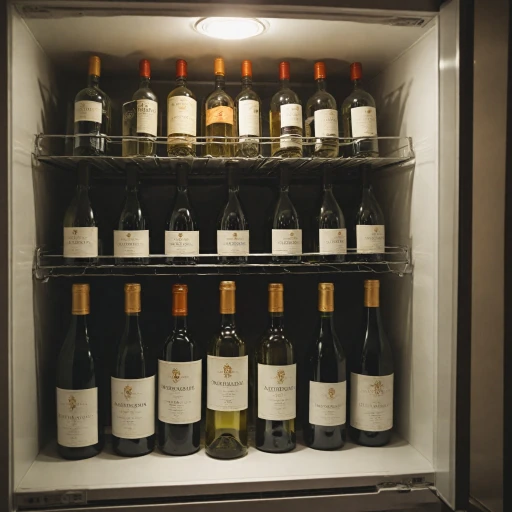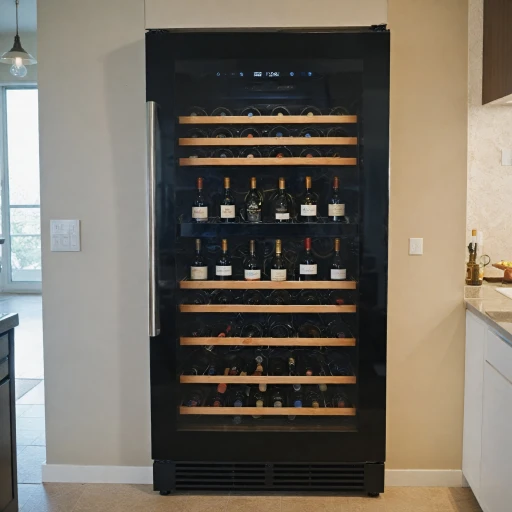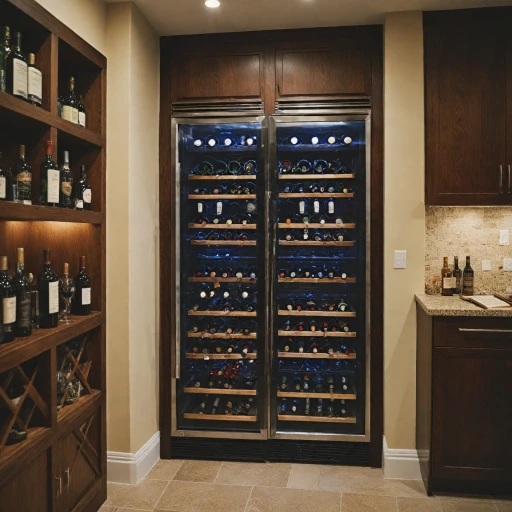
The Importance of Proper Wine Standing
The Significance of Storing Wine Upright
Proper wine storage plays a crucial role in maintaining the integrity and flavor profile of your favorite bottles. When it comes to the initial phase of standing, ensuring that your wine is stored upright is important. Storing wine vertically is essential, especially for short periods, as it helps the wine settle in its bottle and ensures that sediment falls to the bottom without risk of drying out the cork. This position is particularly critical for wines with natural corks, as an upright position keeps the cork moist and prevents oxidation. When wines are stored upright, they remain secure in their current state before being consumed or moved to horizontal storage for long-term aging. This is crucial for wine enthusiasts who regularly rotate their collection and want each bottle to be in optimal condition. While the ultimate goal for long-term storage is to lay bottles on their side, having wines easily accessible in an upright position aids in quick selection and temporary storage solutions. Whether you own a dedicated wine cellar or use a wine fridge, understanding how to initially position your bottles appropriately will prevent potential cork issues and maintain wine quality. For more insights on getting the most out of your wine storage and the right temperature settings, refer to this optimal temperature guide.Choosing the Right Wine Cooler
Finding the Perfect Wine Cooler for Your Needs
Choosing the right wine cooler is crucial when it comes to optimizing your wine storage. Before diving into the specifics, consider the types of wine you commonly enjoy, such as red or white wines, and determine the volume of wine bottles you plan to store.
Wine coolers come in various sizes and configurations, so it's essential to assess your available space and the specific storage conditions you aim to achieve. Here are some factors to consider:
- Capacity: Think about the number of bottles you'll be storing in the long term. It's generally a good idea to choose a cooler with some extra room to accommodate a growing collection.
- Cooling Technology: Understand the difference between thermoelectric and compressor-based cooling systems. Each has its advantages, with thermoelectric offering quieter operation and compressor providing stability for larger collections.
- Temperature Zones: Wine coolers come with single or dual temperature zones. If you store both reds and whites, a dual-zone cooler allows you to keep both at their optimal temperatures.
Placement is another critical element. Whether you choose a built-in model for a seamless kitchen look or a freestanding unit, ensure that your preferred location allows for adequate ventilation and protection from external heat sources. Proper positioning will help maintain the integrity of your wines.
Temperature and Humidity Control
Balancing Temperature and Humidity for Optimal Wine Storage
To ensure the best quality for your wines, maintaining the right temperature and humidity balance is crucial. The ideal conditions not only help preserve the wine’s flavors and aromas but also prevent any potential spoilage. A consistent environment mimics that of a traditional wine cellar and is especially important for those who plan to store their collection for long periods.
Wine bottles should be stored at a stable temperature to avoid unintentional aging. Sudden fluctuations can cause the wine to expand and contract, which risks pushing the cork out or allowing air to enter the bottle. For this reason, a wine fridge is an excellent investment as it offers precision control over the environment where your wine is stored. For more insights into setting the perfect conditions, check out our detailed post on optimal temperature range for wine fridges.
The proper humidity level is crucial too. If it's too dry, corks can dry out, making it easier for oxygen to seep into the bottle, which could spoil the wine. Conversely, too much humidity might lead to mold forming on the cork or labels. Keeping your storage wine environment within a 50-70% humidity range helps in maintaining the cork’s integrity without attracting mold.
In summary, when storing wine, whether you're dealing with red, white, or sparkling wines, achieving a balance in temperature and humidity is essential to maintain their quality over time. Remember to regularly check and adjust your storage conditions to keep your wine collection in top form, ensuring your bottles stored are always at their best.
Positioning Your Wine Bottles
Optimal Placement and Arrangement of Your Wine Collection
Proper positioning of your wine bottles is crucial for maintaining the integrity and taste of your wines over time. Most wines, unless they are meant to be consumed relatively soon, should not be stored upright. Long-term storage can lead to dried corks, risking oxidation of the wine and compromising its flavor. For wines that will be stored for an extended period, such as those with corks, horizontal storage is recommended. This method ensures that the wine keeps the cork moist and prevents it from drying out. When wine bottles are stored on their side, particularly in a wine fridge or storage wine setup, they maintain an optimal environment that helps preserve the wine’s quality. If you have a dedicated wine cellar or are considering a wine fridge for your storage needs, it is important to consider the location and arrangement of your bottles. Wine should be stored in a cool, dark place, away from direct sunlight and vibration, as these factors can negatively impact the wine’s composition. Ideally, select a spot that is free from drastic temperature changes throughout the year. While horizontal storage is generally best for most wine bottles, there are exceptions. For instance, sparkling wines, with their thicker corks and higher pressure, can be stored upright for short periods without risk. However, for longer durations, storing them horizontally remains prudent. For those newly embarking on this journey of wine collecting, it may be tempting to fill every inch of your storage space with bottles stored vertically. Avoid this mistake by prioritizing quality over quantity, focusing on the proper storage principles to enjoy your wines at their best when the time calls for opening them.Common Mistakes in Wine Storage
Frequent Pitfalls in Wine Storage Practices
When it comes to preserving the quality of your wines, certain errors in wine storage can compromise the taste and longevity of your treasured collection. Here's a look at some common mistakes to avoid:
- Upright Storage: Storing wine bottles upright for extended periods can cause the cork to dry out, allowing air to seep in and spoil the wine. Ensure that bottles are stored on their side, keeping the cork moist and sealed.
- Inadequate Temperature Control: Wines are sensitive to temperature fluctuations. Make sure the wine is stored in an environment with a stable temperature, ideally between 45° F and 65° F, depending on the wine type.
- Poor Humidity Management: Failing to maintain proper humidity levels can impact the corks. A wine cellar or fridge should have optimal humidity levels to prevent corks from drying out or developing mold.
- Incorrect Positioning: Wine bottles need to be positioned correctly to ensure that the wine is in contact with the cork at all times. Whether storing horizontally or using a wine fridge, this positioning is crucial.
- Improper Location: Keeping your wine in places that are too warm, such as above the refrigerator or in direct sunlight, can deteriorate wine quality. A dedicated wine storage area that is cool and dark is ideal.
- Ignoring Long-Term Effects: If planning for long-term storage, neglecting these factors can lead to unwanted changes in flavor and aroma over time. Consider investing in a wine fridge or dedicated cellar for optimal conditions.
Avoiding these pitfalls can significantly enhance the lifespan and quality of your wine collection, ensuring each bottle is enjoyed as intended.
Expert Tips from Wine Cooler Guru
Insider Advice for Optimal Wine Storage
When it comes to storing wine, the insights from seasoned experts can make a significant difference in preserving the quality and taste of your collection. Here are some expert tips from the Wine Cooler Guru to ensure your wine is stored perfectly:
- Temperature Consistency: Maintaining a stable temperature is crucial. Fluctuations can cause the cork to expand and contract, potentially letting air into the bottle and spoiling the wine. Aim for a consistent temperature, ideally between 45°F and 65°F, depending on the type of wine.
- Humidity Levels: Proper humidity is essential to prevent corks from drying out. A humidity level of around 70% is recommended to keep the corks moist and ensure a tight seal.
- Horizontal Storage: Storing wine bottles on their side keeps the cork moist, preventing it from drying out and allowing air to seep in. This is especially important for long-term storage.
- Avoid Light Exposure: Light, especially UV rays, can degrade and prematurely age wine. Store your bottles in a dark location or a wine cooler with UV-resistant glass.
- Minimize Vibrations: Constant vibrations can disturb the sediment in wine bottles, affecting the taste. Ensure your wine storage area is free from vibrations, which is why a dedicated wine fridge or cellar is ideal.
- Proper Positioning: While most wines should be stored horizontally, some, like sparkling wines, can be stored upright for short periods. However, for long-term storage, horizontal is best to keep the corks from drying out.
By following these expert tips, you can ensure that your wine is stored in optimal conditions, preserving its quality and enhancing your enjoyment when it's time to uncork a bottle.
